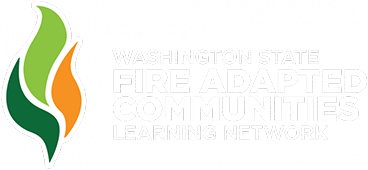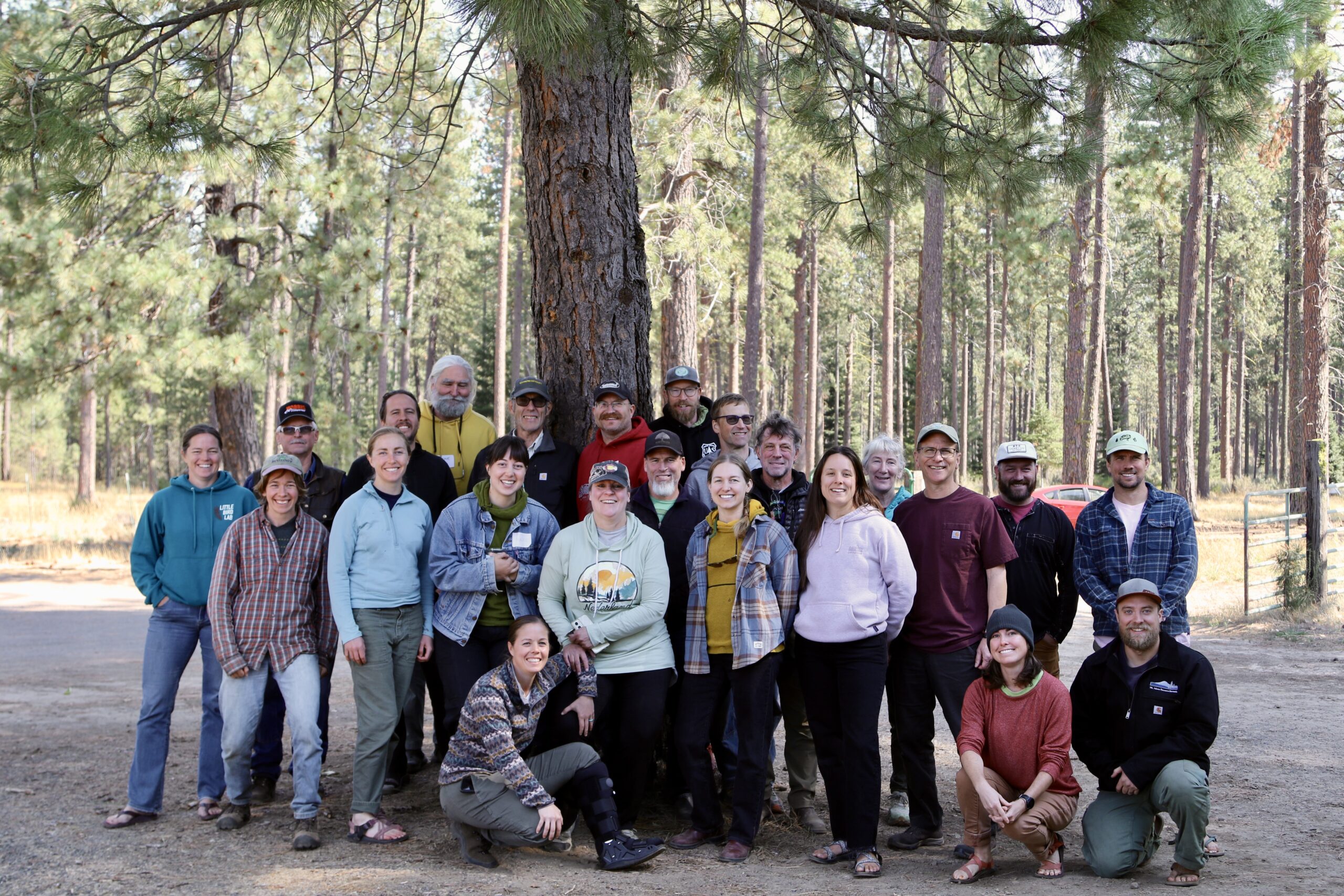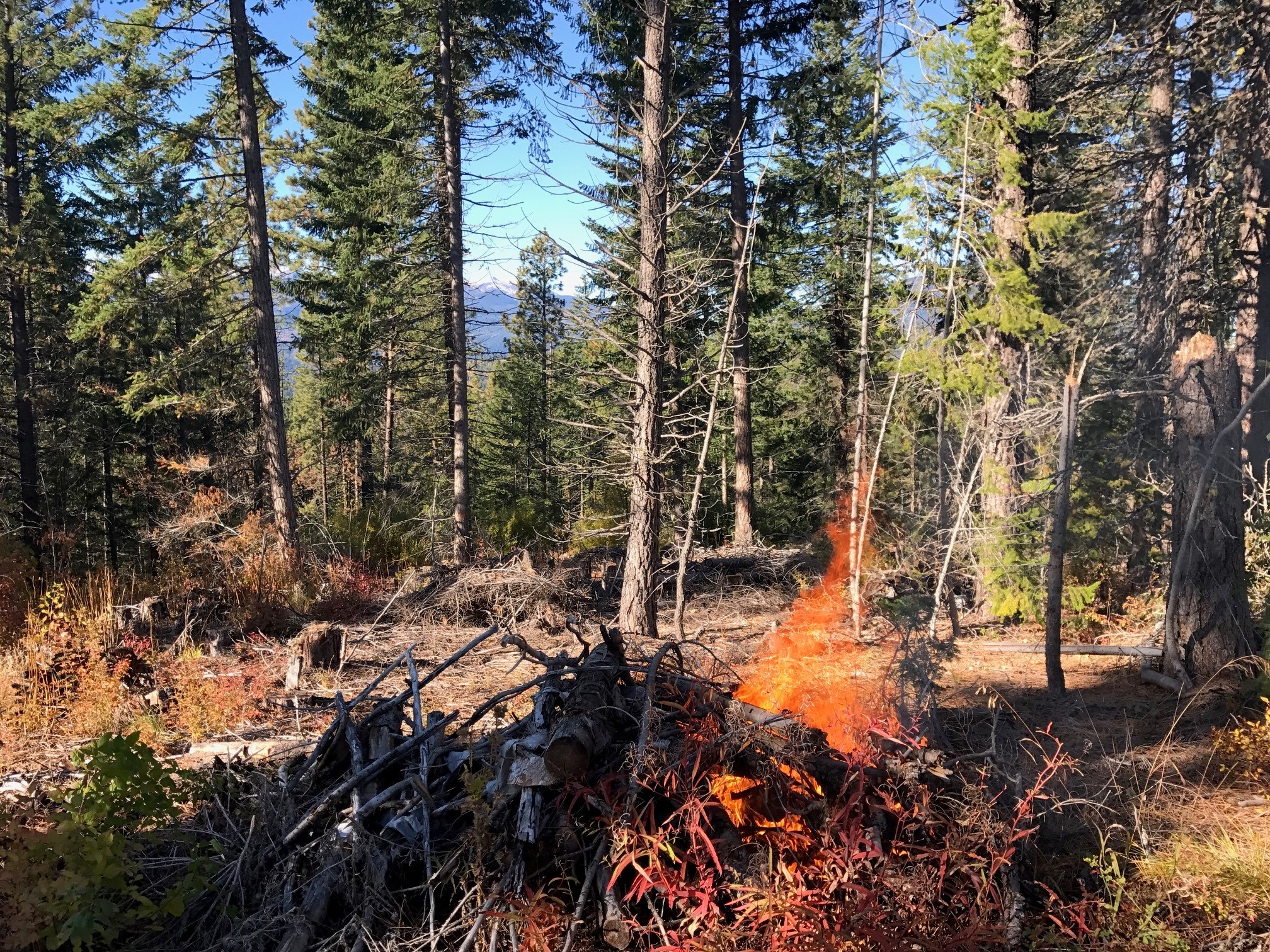Chainsaw safety courses are nothing new, however, more and more are being held expressly for women. Often dominated by men, chainsaw classes can be intimidating spaces to enter. Those exclusively open to women create a more approachable atmosphere where gender stereotypes and expectations are dismantled.
As the need to facilitate more fuel reduction work in and around communities grows, courses such as S-212 Wildland Fire Chainsaw Operations and Safety and Woods Worker Training (SAWW) are fundamental for increasing the capacity of the volunteer and paid workforce that can help move this work forward at a greater pace. WAFAC members are leading the way by bringing these opportunities to our communities in Washington, and specifically, to women. The Wenatchee Valley Fire Department, Lake Wenatchee Fire & Rescue, and, most recently, Kittitas County Fire District 7 have all hosted chainsaw safety trainings open only to women. Since the fall of 2024, the three organizations have hosted four courses, with a total of 33 women participating.
Curious to hear more? We asked Kris King (Lake Wenatchee Fire & Rescue), Hillary Heard (Wenatchee Valley Fire Department), and Keegan Fengler (Washington Resource Conservation and Development Council) to share about their experiences and takeaways.
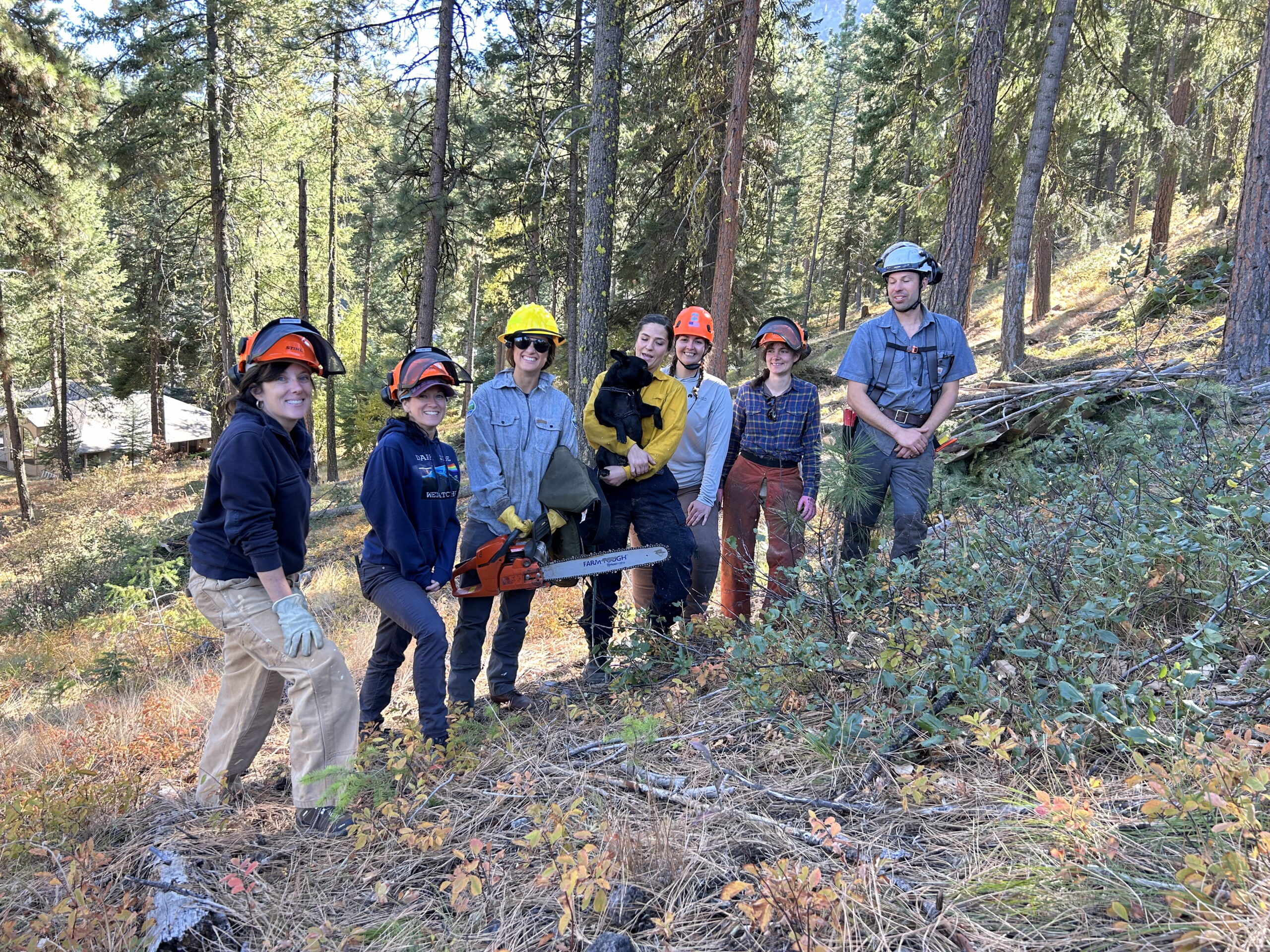
When asked about their impressions of how the trainings went, all three immediately noted the level of excitement from participants. “There was a genuine thirst for knowledge and desire to learn,” said Kris, “One woman mentioned that historically, she was always in charge of moving the wood that her husband cut, and she was excited for a role reversal.”
“Personally, it gave me greater respect for chainsaws as a tool, and not one to be intimidated to use, but rather it should be respected and operated safely.”
Hillary Heard, WVFD
Keegan noted that while students were indeed seeking personal and professional development, many were also motivated to attend based on a desire to support others, including disabled and ability-limited neighbors who are unable to keep up with work on their properties. Another motivation was to break down stereotypes in their workplaces and communities. “I can’t wait to support my other female coworkers in developing their comfort with chainsaws,” one participant said, while others are looking forward to being role models for younger women.
Participants came from a diversity of backgrounds. There were several wildfire practitioners and fire and rescue volunteers, but also individual residents and landowners eager to get more involved. Experience level also differed, with some women having never used a chainsaw before, others being familiar but wanting to hone their skills, and a couple who were quite experienced but, as true learners, came to expand their knowledge. Regardless, everyone left feeling like they had learned something valuable.
The course is typically held over two days, with both classroom and field lessons, and focuses on a variety of topics, including:
- Chainsaw Safety, Starting, and Operations
- Small Tree Felling & Technical Cutting
- Limbing & Bucking
- Chainsaw Maintenance
- Tree Felling, Risk Management, Emergency Planning, & Personal Protective Equipment (PPE)
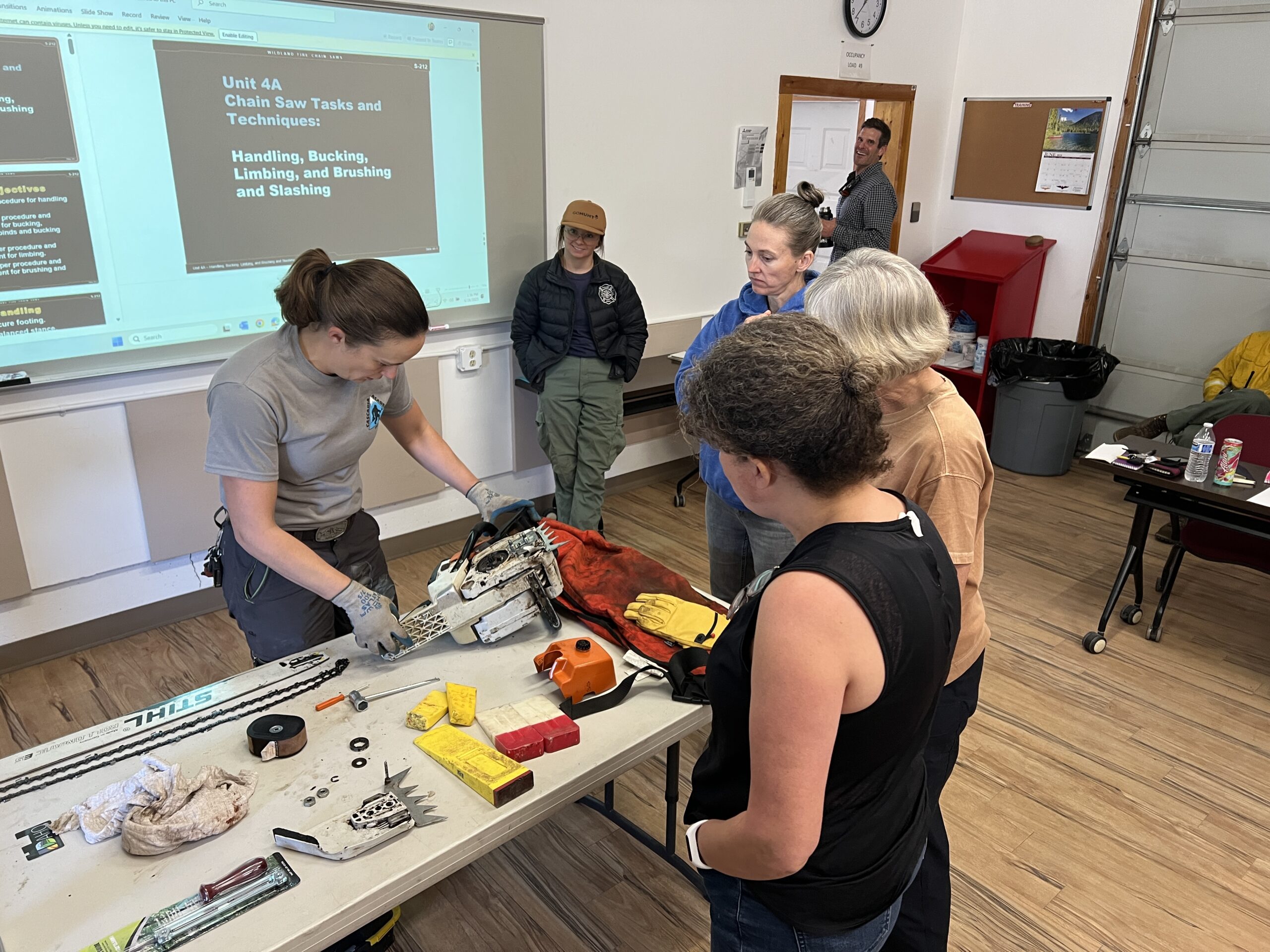
Each course is unique, but the overarching goal is to develop skills that participants can apply in their own homes and communities. Since the classes, students reported a higher level of confidence and excitement to begin using their newly acquired skills for projects on their properties; and those that work in the field professionally, are keen to step into new roles in their departments.
“It was such an awesome weekend. It made me feel alive and strong.”
Kittitas County Participant
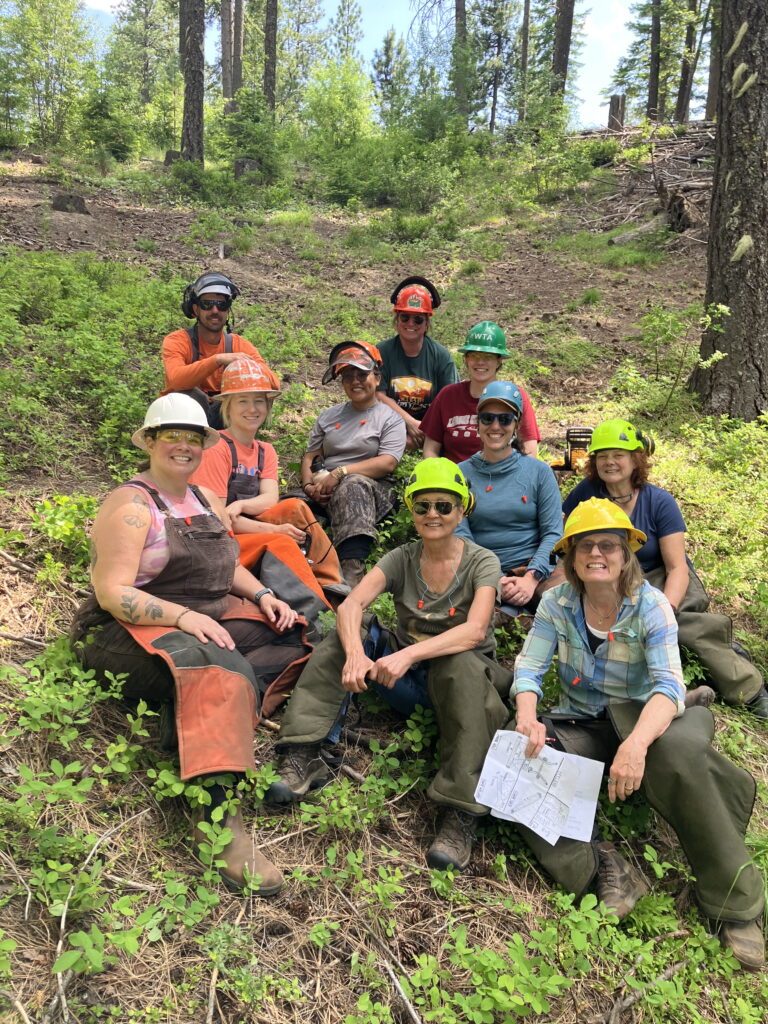
As we continue to build wildfire resilience and preparedness in our communities throughout Washington, opportunities like these are crucial in ensuring all community members feel empowered and equipped to take action. Creating safe, approachable spaces for specific groups is a great way to expand access to skill building opportunities for those who might not seek them out otherwise. Given the widespread popularity of the courses so far, there will no doubt be further opportunities hosted amongst Washington’s fire adapted communities.
For more information on capacity building and community engagement, check out WAFAC’s Community Engagement and Events Toolkit, which includes two webinars and a resource guide.
To hear more stories and experiences, check out:
- Igniting Empowerment in Wildfire Mitigation at Women’s Chainsaw Workshops
- Workshop Connects Women with Chainsaw Safety Practices and Techniques
- National Women Owning Woodlands Network
- Women Owning Woodlands – Washington
Thank you to all the different agencies and organizations that helped fund these courses, including Washington Department of Natural Resources, Cascadia Conservation District, Bureau of Land Management, and Washington Resource Conservation and Development Council.
